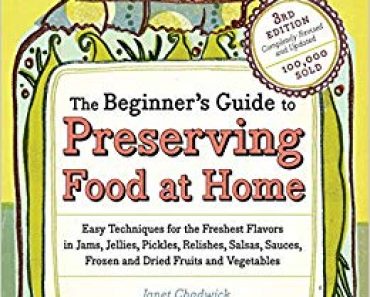The Amazing History of Early Weapons is 120 pages of illustrated articles reprinted from American Machinist Magazine, 1918. 1. Cannon making in past centuries. 2. Musket manufacture in past centuries. 3. Early attempts at submarine building. 4. Some types of modern (1918) hand grenades. 5. Early history of the marine torpedo. 6. Ancient helmet making. […]
Category: Equipment and Book Reviews
Things we use or read to make DGW homestead work better.
Ammo Up Review
I got the chance to review the new Ammo Up machine, and since I hate picking up brass I jumped on the chance. This device is similar in desired use as the brass wizard I have had for years, but the operation is completely different. In this machine, you simply press the ammo-up over […]
PVC Projects for the Outdoorsman
In PVC Projects for the Outdoorsman you will learn how to make inexpensive and practical gear such as snowshoes, an equipment raft, shelters–including a teepee and a portable ground blind–a boot dryer and even a blowgun in your home workshop out of durable PVC pipe. Photos and easy-to-follow instructions show you how to construct more […]
Technician No-Code Plus
Technician No-Code Plus is the first book I bought when I decided to get a ham license. Actually, this and the test bank is all I used to learn enough to pass the test. It is very basic, but gives you all the information you need to get a FCC Technician’s License for the Amateur bands. […]
The Beginners Guide to Preserving Food at Home
A wonderful thing is happening in home kitchens. People are rediscovering the joys of locally produced foods and reducing the amount of the grocery budget that’s spent on packaged items, out-of-season produce, and heavily processed foods. But fresh, seasonal fruits and vegetables don’t stay fresh and delicious forever – they must be eaten now . […]





